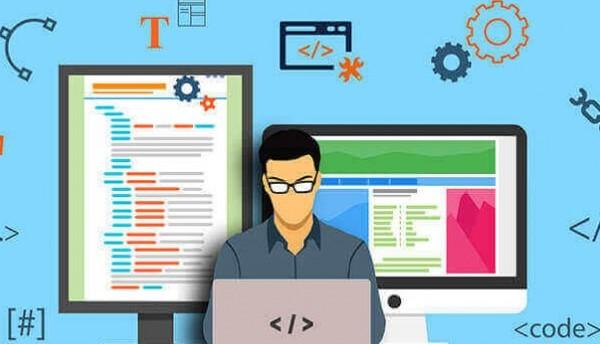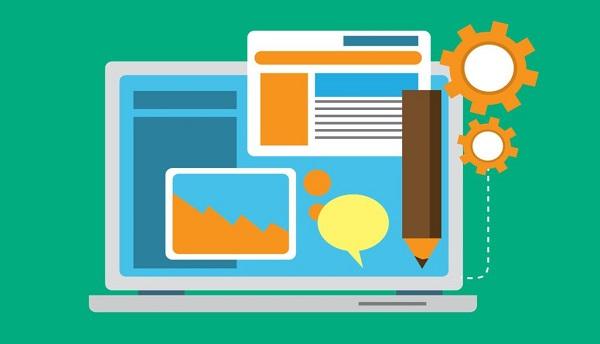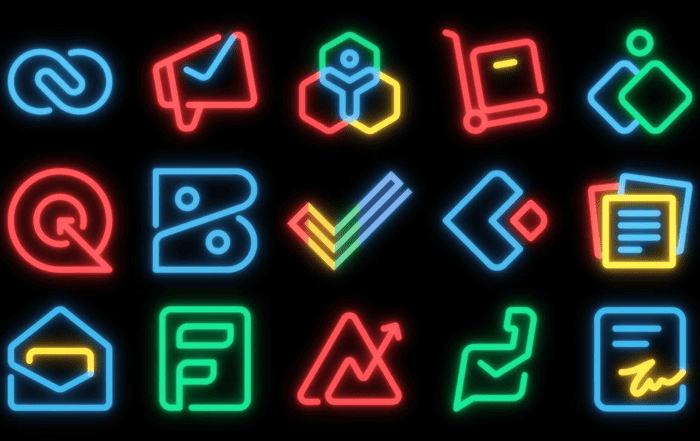
What does the future look like for small businesses? If 2020 was a year of disruption, then 2021 will be a year of transition. Many companies closed due to lockdowns and restrictions, and even when they reopened, the business landscape has changed drastically in just a few months and it may stay that way.
Due to the COVID-19 crisis, trends have emerged that small business owners should know about and act on if they want to keep their business moving forward and find success in the coming years. Here’s a look at what they are.
Traditional vs alternative business funding
Due to the COVID-19 crisis, many businesses have had to temporarily close, affecting cash flow. As a result, the government introduced a $900 billion stimulus bill that included a new Paycheck Protection Program (PPP) loan to help small businesses survive the pandemic.
However, businesses that incurred significant financial loss during the pandemic may not be eligible for the loan, says Courtney Lawless, venture capitalist and co-host of the Amazon Prime series Wolf PAC. So, alternative sources of funding will help keep these businesses solvent in the long term, such as grants, venture capital, peer-to-peer lending, fintech, angel investors, and crowdfunding.
Digital vs traditional marketing
In the wake of COVID-19, many businesses switched from traditional brick-and-mortar marketing to digital marketing, and social media ad spend saw a dramatic increase. It’s predicted to grow further by 15% in 2021, with the total spend amounting to $105 billion. Moreover, spending on multimedia (interactive or video-based) press releases will increase and generate better ROI than traditional press releases.
When it comes to spending on paid placement advertisements in traditional media, it grew to $11.44 billion in 2019 in the USA, and it’ll continue to increase this year, says Ari Zoldan, CEO of Quantum Media Group. Paid placements will also be immersive and video-centric, blurring the line between paid and earned media.
Adopting developing technologies
In 2021, small businesses will drive mass adoption of developing technologies like augmented reality (AR), virtual reality (VR), artificial intelligence (AI), machine learning, and data analytics. This’ll allow them to stand out from their competitors and generate excitement among their customers, as well as collect and make sense of large volumes of data to better target marketing campaigns and find new efficiencies at work.
Businesses can create and attend VR networking events and trade show exhibits that are VR and AR experiences, says Joe Apfelbaum, founder and CEO of B2B marketing company Ajax Union. They can also use AI to transcribe calls and invest in the cloud and object or container storage to provide faster data access and storage, which will help improve productivity and reduce operating costs.
Creating safer and healthier workplaces
The Occupational Safety and Hazard Administration (OSHA) is expected to step up pandemic-related monitoring and enforcement this year. This means small businesses should ensure they’re prepared to pass a compliance check. They can do this by monitoring the Centers for Disease Control and Prevention (CDC) guidance on what they should do to create a safe and healthy workplace and by checking state and local ordinances.
What’s more, with the COVID-19 vaccine becoming more widely available, small businesses will also need a policy on how to address vaccination requirements in the workplace. Will they need or recommend it? Incentivize employees to get it? When developing the policy, it should match the operational needs of the business and follow local, state, and federal regulations.
The rise of the gig economy
The gig economy will continue to grow in 2021 and beyond, with 36% of American adults already engaging in gig work and two-thirds of major companies hiring freelance workers to reduce their labor costs. Small business leaders will jump on the bandwagon and consider outsourcing work or working from home.
This means many business services will cater to gig workers, such as tax preparation, marketing, consultation, and software services. And as the gig economy grows, labor regulations will catch up in terms of the benefits companies must provide gig workers, like healthcare and retirement benefits.
Summing up
By taking advantage of these trends now and adding them into your next strategy and growth meeting, you’ll reap the benefits far more quickly and when you’re a small business, it’ll make a world of difference. It can help you cope with the pandemic, keep your business running, and stay ahead of the competition. You should set aside time to evaluate what worked well and what didn’t regarding your business model, financials, and customer experience, and then leverage these trends that were necessary to set yourself up for success.







